The Amazon pink river dolphin, better known in the region as boto or Inia geoffrensis, is one of the most beautiful species you will find in the lush rainforests of the Amazon Basin. These unique dolphins, striking thanks to their peculiar pink color, have caught the attention of scientists, conservationists, and tourists. In this article, we will immerse you in the world of the Amazon pink river dolphin and explore its habitat, reproduction, and behavior. We will also tell you what the threats to its survival are and delve into its role in indigenous mythology, where it is often considered a sacred creature. Plus, we will give you valuable information on how you can meet these incredible creatures in the Peruvian Amazon.
Habitat of the Pink River Dolphins: The Great Mammal of the Amazon
You can find the Amazon pink river dolphin in the vast network of rivers, tributaries, and flooded forests that are part of the Amazon Basin. The Amazon region is enormous and covers several South American countries, including Brazil, Peru, Bolivia, Colombia, Venezuela, and Ecuador. In any of these countries, you can find dolphins that live in freshwater environments; this is different from the rest of the dolphins that inhabit the salt waters of the oceans.
The Amazon River: A Complex Ecosystem
The Amazon River, a colossal waterway renowned for its size and water volume, meanders through dense rainforests, creating a labyrinth of canals that serve as an ideal habitat for the pink river dolphin. These dolphins, with their remarkable adaptability, thrive in both the main channels of the river and the more secluded tributaries, an awe-inspiring feat.
During the rainy season, when river levels rise, large areas of the rainforest flood and produce a phenomenon known as a "várzea" or flood plain. These floods significantly expand the dolphins' habitat, which they use to explore new territories and feed on the abundant fish that migrate to these flooded areas.
Flooded forests and lagoons
Flooded forests, or "igapó," are a vital part of the pink river dolphin's habitat. These underwater forests, teeming with biodiversity, provide shelter and food for a wide variety of aquatic species, underscoring the importance of preserving these ecosystems. The dolphins, with their excellent echolocation skills, navigate through the dense vegetation to locate their prey, a testament to the delicate balance of nature.
In addition to flooded rivers and forests, the pink river dolphin can also be found in freshwater lakes and lagoons. Thanks to the calmness of these shallow waters, dolphins prefer them for socializing and resting. Lagoons are essential for mothers with calves, as the calm waters offer a safe environment for young dolphins to learn and thrive.
Adaptations to life in freshwater
The Amazon pink dolphin has developed several adaptations that have allowed it to thrive in its freshwater habitat. Unlike their oceanic counterparts, pink river dolphins have more flexible necks because their cervical vertebrae are not fused; this allows them to move their heads in all directions, which is especially useful for navigating the complex underwater environments of the Amazon.
The pink dolphin has long, thin beaks perfect for catching fish in tight spaces, and its sharp teeth help it catch slippery prey. Additionally, its dorsal fins are minor and triangular compared to those of oceanic dolphins, allowing it to maneuver through flooded forests without becoming entangled in vegetation.
The Amazon pink dolphin is not only an inhabitant of the Amazon basin but also a symbol of this incredible region's rich biodiversity. However, as we will see in the following sections, its survival is increasingly threatened due to various human activities.
Reproduction and behavior
The reproductive behavior of the Amazon pink dolphin is as peculiar as its physical appearance. These dolphins display extraordinary courtship rituals, accompanied by complex social structures. The gestation period of these magical animals is relatively long. So understanding their reproduction and behavior is essential to efforts to care for them.
Courtship and mating
During courtship, males often display strength and agility to attract females. These acrobatics include jumping out of the water, slapping their tails, and creating large splashes. In some cases, as part of the courtship ritual, males may also present gifts to females, such as sticks or leaves.
Mating usually occurs during the high water season, which is between May and June. This is when the Amazon River is at its highest level, generating an abundance of food that ensures females have the necessary resources to maintain pregnancy and lactation.
Gestation and Birth
Once mating has occurred, the female pink river dolphin goes through a gestation period that lasts approximately 11 to 12 months.
Once gestation is complete, birth usually occurs during the low water season, around July or August, when river levels have already begun to drop. This period is crucial because shallow waters and slower currents reduce the risk of predation and allow the mother to keep a close eye on her calf.
Calves and maternal care
Pink river dolphin calves are born greyish and gradually change to pink as they grow. At birth, they are between 80 cm and 1 meter long and weigh between 7 and 10 kilograms. The mother is the primary caregiver and nurses her calf until it is approximately two years old.
During this time, the calf learns essential survival skills, such as hunting and navigation, by imitating its mother. The strong bond between mother and calf is evident as they often swim together, and the calf frequently touches the mother for reassurance.
Social structure and communication
Pink river dolphins are generally solitary creatures, unlike many other dolphin species that live in large groups. However, during feeding and mating seasons, they form social groups that are often transient and can consist of two to eight individuals.
Communication between pink river dolphins is complex and can consist of a variety of sounds, such as clicks, whistles, and pulsed calls. These vocalizations are used for echolocation, navigation, and social interaction. Echolocation is even more important because, in the murky waters of the Amazon, dolphins rely on sound to locate prey and navigate their environment.
Dolphins also communicate tactilely, rubbing against each other, which helps strengthen social bonds. This behavior is especially common between mothers and their calves and between individuals within a social group.
Intelligence and Playfulness
The Amazon pink dolphin is known for its intelligence and playful behavior. They often approach boats and interact with swimmers in the water. Their playful nature is evident when we see them throwing objects into the water, chasing each other, and even playing with debris on the riverbank.
This playful behavior is not just for fun; it also allows them to practice hunting techniques and develop social skills. The pink dolphin's intelligence is further demonstrated by its ability to solve problems, use tools, and adapt to changing environments.
Threats to the Amazon Pink Dolphin: Habitat Destruction, Pollution, and Conservation Challenges
The Amazon pink dolphin, like many aquatic species in the Amazon basin, is in serious danger of extinction due to habitat destruction and even direct human exploitation. Developing effective conservation strategies is essential for understanding the challenges these dolphins face.
Habitat destruction
One of the most critical threats to the Amazon pink dolphin is the destruction of its habitat, caused mainly by deforestation and the construction of dams. On the other hand, the Amazon rainforest is being cut down at an alarming rate to make way for land suitable for agriculture and infrastructure development. This deforestation causes the loss of critical habitats, such as flooded forests and lagoons on which the dolphins depend for food and reproduction.
Likewise, the construction of hydroelectric dams along the Amazon River and its tributaries interrupts the river's natural flow, alters water levels, and blocks migratory routes, which pose a serious threat to dolphins. This fragmentation of dolphin habitat can lead to their isolation, resulting in reduced genetic diversity while making them more vulnerable to other threats.
Pollution
Industrial activities such as agriculture and urbanization have polluted the Amazon River with heavy metals, pesticides, and plastic waste. These pollutants can accumulate in dolphins' bodies, causing health and reproductive problems.
Mercury pollution, for example, is one of the most severe pollution problems. It is released into the environment through gold mining activities and can accumulate in the aquatic food chain. This puts pink river dolphins, which are top predators, at risk of mercury poisoning, which can cause neurological damage and death.
Fishing and bycatch
The expansion of commercial and artisanal fishing in the Amazon basin has also negatively affected the pink river dolphin population. Dolphins are often accidentally caught in fishing nets, a phenomenon known as bycatch. Once entangled, they struggle to escape and can drown.
In some areas, dolphins are hunted for their meat or oil, which is used as bait for catfish fishing. This practice, known as "piracatinga" fishing, is illegal in many countries but continues to occur due to a lack of law enforcement and high demand for catfish. This selective hunting has led to a significant decline in pink river dolphin populations in certain regions.
Climate Change
Climate change threatens all living things on the planet, including humans. However, for the Amazon pink river dolphin, rising temperatures, altered rainfall patterns, and more frequent extreme weather events can disrupt its delicate Amazonian ecosystem. Changes in water levels and temperature can affect prey availability and dolphin reproduction patterns.
In addition, climate change exacerbates other threats, such as habitat destruction and pollution. Droughts can lead to reduced river flow, making it difficult for dolphins to find food and navigate their environment.
Conservation Efforts
Despite these numerous threats, conservation efforts are coming together to protect the Amazon pink river dolphin. Organizations and governments are working to establish protected areas, enforce fishing laws, and raise awareness about the importance of preserving this species.
International agreements, such as the Convention on International Trade in Endangered Species of Wild Fauna and Flora (CITES), have helped reduce the illegal trade in dolphin products. However, more work needs to be done to ensure the long-term survival of the pink river dolphin in the face of increasing threats.
As we can see, the threats facing the Amazon pink river dolphin are complex. Still, we are hopeful that with continued conservation efforts, this iconic species can be saved from extinction. Beyond their ecological importance, these animals also hold a special place in the hearts and minds of indigenous peoples in the Amazon, as we will explore in the next section.
The Pink River Dolphin in Indigenous Mythology
The Amazon pink river dolphin, as you may have noticed by now, is not only a biological wonder but also a cultural icon in the Amazon basin. For centuries, indigenous communities have revered the dolphin, incorporating it into their folklore and mythology. These stories below reflect the deep connection between people and the natural world, and you will see that they portray the pink river dolphin as a mystical and powerful being.
The Legend of the Enchanted One
One of the most famous legends surrounding the Amazon pink river dolphin is that of the "Enchanted One." According to this legend, the pink river dolphin can transform into a handsome young man overnight. Once it takes human form, the dolphin, known as the Enchanted One, emerges from the river to attend parties and festivals in local villages.
The Encantado is believed to be a skilled musician and dancer known for seducing young women. After the festivities, he returns to the river, returning to his dolphin form at dawn. According to other versions of the story, the Encantado can take a woman back to the river with him, where she becomes enchanted and never returns to her village.
This legend has been passed down through generations and continues to be an essential part of Amazonian folklore. Locals use it to remind us of the mysterious and magical nature of the pink river dolphin and reinforce the belief that dolphins possess special powers that must be respected.
Guardians of the waterways
In addition to the legend of the Encantado, the pink river dolphin is also considered a guardian of rivers and waterways in indigenous mythology. Indigenous communities believe that dolphins protect fish populations and maintain the balance of the ecosystem. As a result, harming a pink river dolphin is considered taboo, and those who do so may be cursed or suffer misfortune.
These beliefs have, in fact, helped protect dolphins from overhunting and exploitation in some areas. This reverential love for dolphins, seen as sacred beings, reflects the deep respect that Indigenous communities have for the natural world and their recognition of the interconnectedness of all living things.
Symbolism and rituals
As you might expect when it comes to mythology, the pink river dolphin also plays a role in various rituals and ceremonies among indigenous peoples. In some cultures, dolphins are seen as symbols of fertility and abundance, and their presence in the river is believed to bring good luck to the community. On the other hand, fishermen may perform rituals to honor dolphins before embarking on a fishing expedition, thereby obtaining their blessing for a successful catch.
In other traditions, the pink river dolphin is associated with water spirits that serve as a mediator between the human world and the spiritual realm. There is evidence that shamans and spiritual leaders invoke the dolphin spirit during healing ceremonies or when seeking guidance from the river gods.
The mythology surrounding the Amazonian pink river dolphin shows the cultural significance of this species and the profound relationship between the peoples of the Amazon and their environment. These stories serve as a reminder of the importance of preserving not only the region's biodiversity but also its rich cultural heritage.
As we have seen, the pink river dolphin holds a special place in the hearts of the Amazon's indigenous people. So, if you want to experience the magic of these creatures firsthand, the Peruvian Amazon offers you a unique opportunity to meet dolphins in their natural habitat.
Meet the Pink River Dolphins in the Peruvian Amazon
The Peruvian Amazon is one of the best places to find the pink river dolphin in its natural habitat; this region is known for its rich biodiversity and pristine landscapes that offer you the opportunity to explore the natural wonders of the Amazon basin while observing these incredible creatures up close. No matter if you are a nature enthusiast, a photographer, or just someone who appreciates wildlife, meeting the pink river dolphins in the Peruvian Amazon is an unforgettable experience.
The best time to visit
The best time to visit the Peruvian Amazon and see pink river dolphins maybe during the dry season, which usually runs from May to October. During this time, water levels are lower, and dolphins are more concentrated in the main river channels and lagoons, making it easier to see them.
Although the dry season offers better opportunities to spot dolphins, the rainy season (November to April) has its advantages. The flooded forests during this time create unique opportunities to explore the igapó by canoe or boat, where dolphins can be found swimming among the submerged trees.
Popular places to watch dolphins
In the Peruvian Amazon, you can find several famous places where it is easy to spot dolphins. Some of these places are:
1. Pacaya-Samiria National Reserve: This vast protected area, located at the confluence of the Marañón and Ucayali rivers, is one of the regions with the most incredible biodiversity in the Amazon. There, you will be able to see the home of a healthy population of pink river dolphins and a wide variety of other wildlife species. You can take guided tours and river cruises that will allow you to see dolphins in their natural habitat.
Iquitos: The city of Iquitos, the largest in the Peruvian Amazon, could not be missed on this tour. It serves as a gateway to the surrounding rainforest. From Iquitos, you can take boat tours along the Amazon River and its tributaries, where dolphin sightings are common. The nearby Nanay River is also a popular spot for dolphin watching.
Yacumama Lagoon
This lagoon, with its calm waters and abundance of fish, is ideal for meeting pink river dolphins. Located near the town of Nauta, it is a hidden gem for dolphin lovers. This lagoon is also surrounded by lush vegetation, which provides a serene environment for contemplating wildlife.
Tahuayo River: The Tahuayo River is another excellent place to spot dolphins. It is famous for its pristine nature and abundant wildlife. You can take guided expeditions along the river, where you have the opportunity to see pink river dolphins, as well as other iconic species of the Amazon, such as monkeys, sloths, and alligators.
⏭️Read more: Another great place to see, besides river pink dolphins, others fantastic Amazon animals is the Manu National Park. Check it out!
Eco-tours and responsible tourism
When planning your trip to see pink river dolphins in the Peruvian Amazon, it is important that you choose eco-tours. This way, you support responsible tourism practices. Many tour operators in the region are committed to conservation and work closely with local communities to protect the environment and wildlife.
Look for tours that prioritize low-impact activities, such as kayaking or canoeing, that allow you to observe dolphins without disturbing their natural behavior. Additionally, supporting community-based tourism initiatives helps local people benefit from tourism while promoting the conservation of their natural resources.
What to expect on a dolphin-watching tour
A typical dolphin-watching tour in the Peruvian Amazon will take you along the rivers and lagoons where pink river dolphins are known to inhabit. You will also have experienced guides who have a deep knowledge of the local ecosystem, accompany you on the trip,
and provide you with information about dolphin behavior and ecosystem.
In addition to spotting dolphins, you can expect to encounter a wide variety of other wildlife, including colorful birds, playful monkeys, and perhaps even the elusive jaguar. The Amazon rainforest is teeming with life, and each excursion offers you a new opportunity for discovery.
For those looking for a more immersive experience, multi-day river cruises or jungle lodge stays allow you to explore the Amazon at a slower pace. These extended tours will enable you to venture deeper into the jungle, increasing your chances of encountering pink river dolphins and other rare species.
Meeting the Amazon pink river dolphin in its natural habitat is a unique experience that connects you to the heart of the Amazon. By visiting the Peruvian Amazon, you'll not only have the chance to observe these incredible creatures but also contribute to the conservation efforts that are essential to their survival.

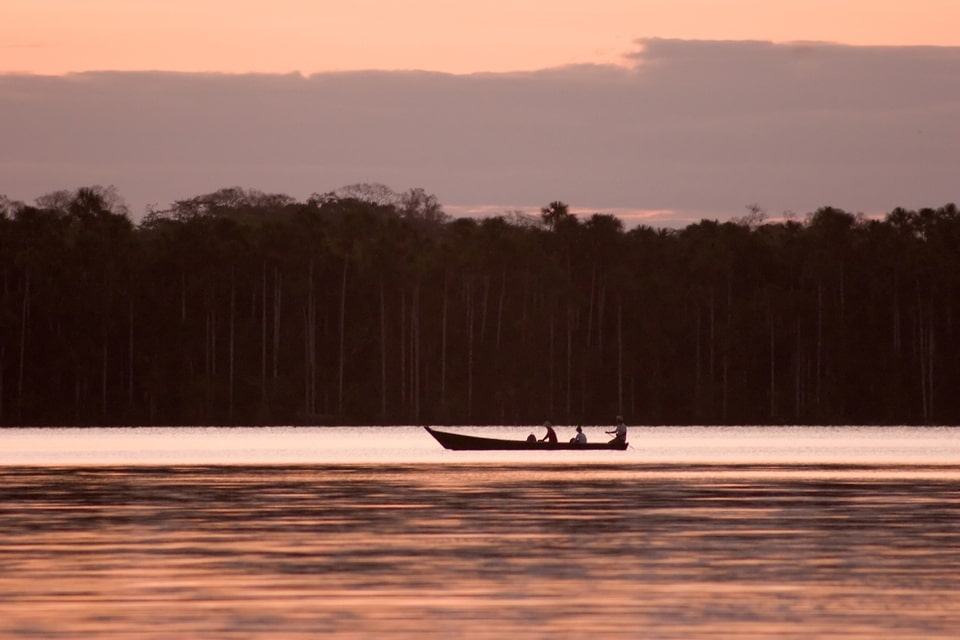

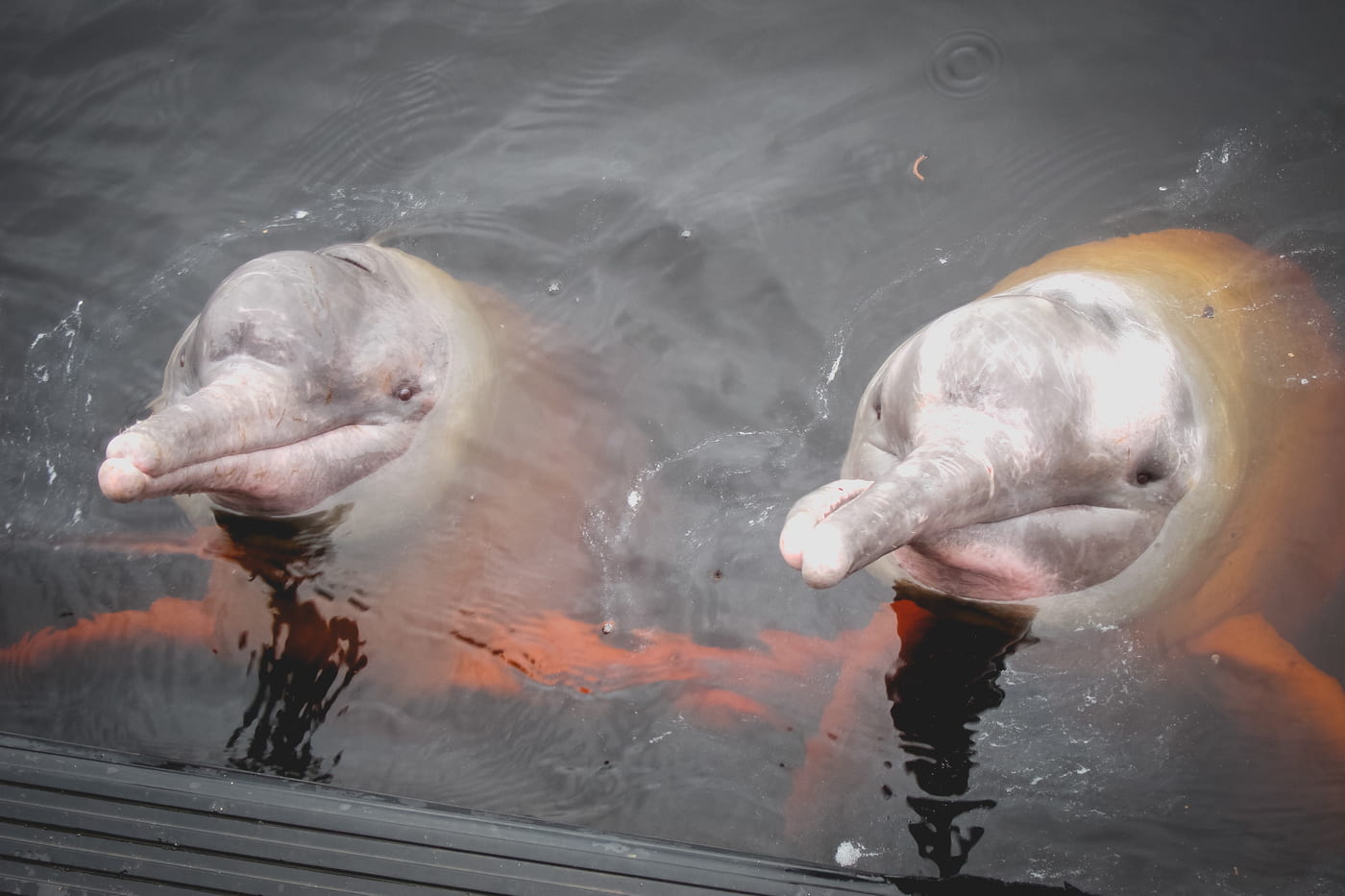
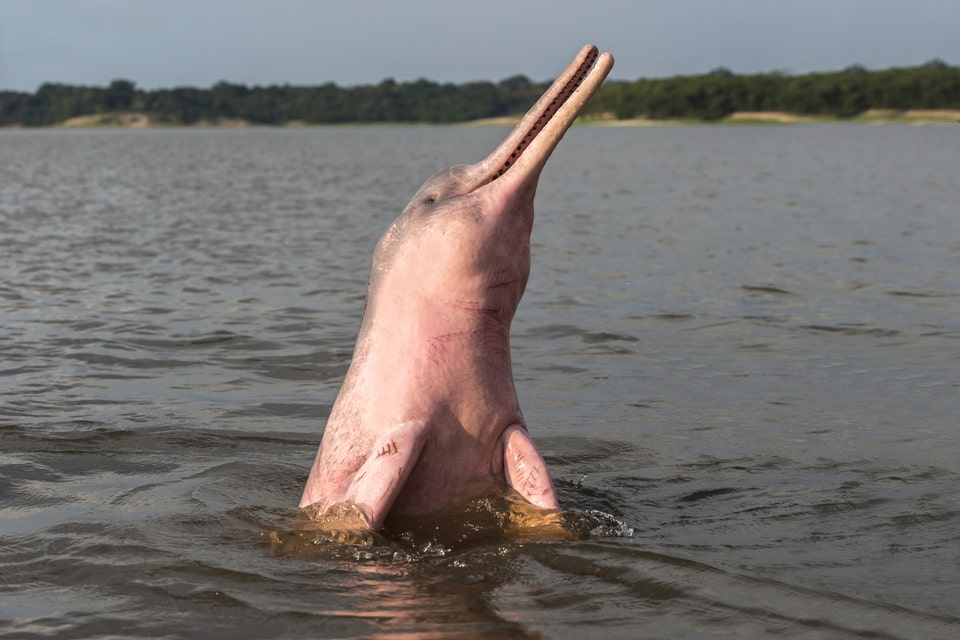
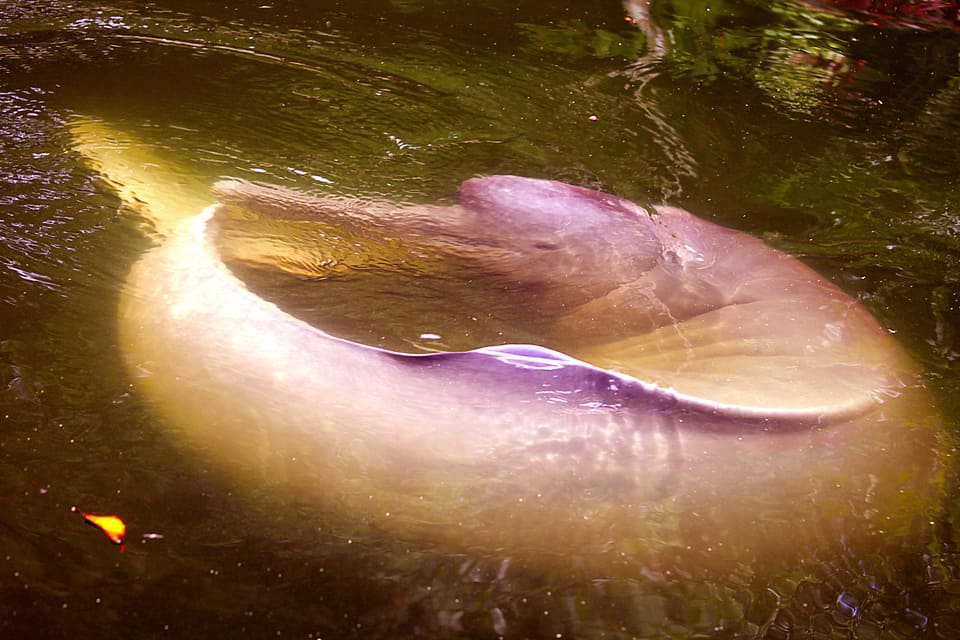
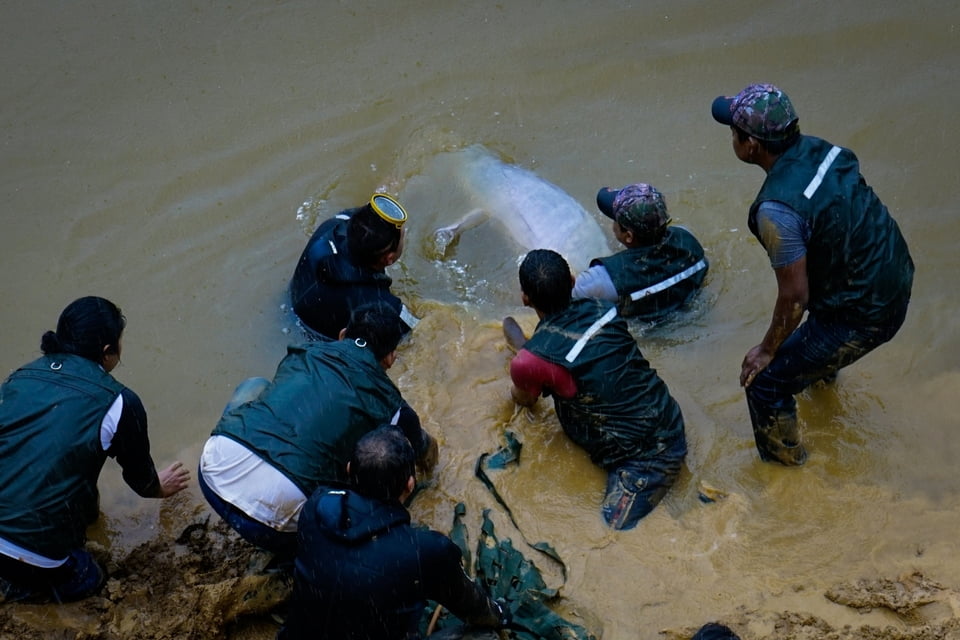

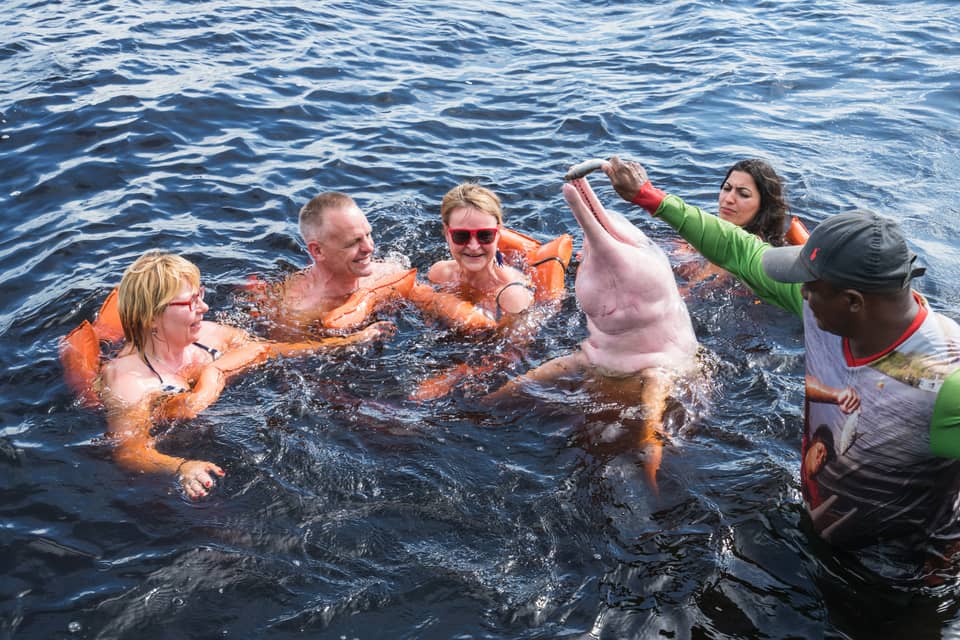

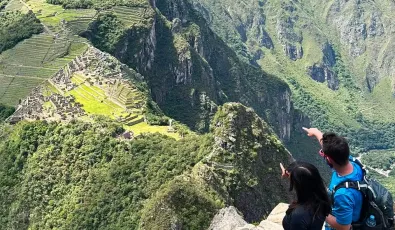

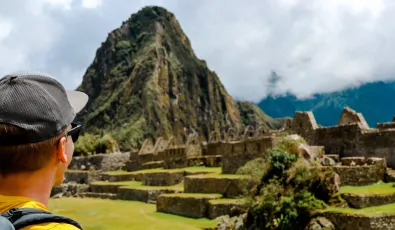
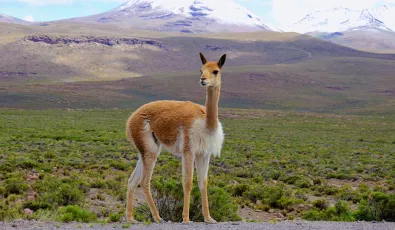

Add new comment